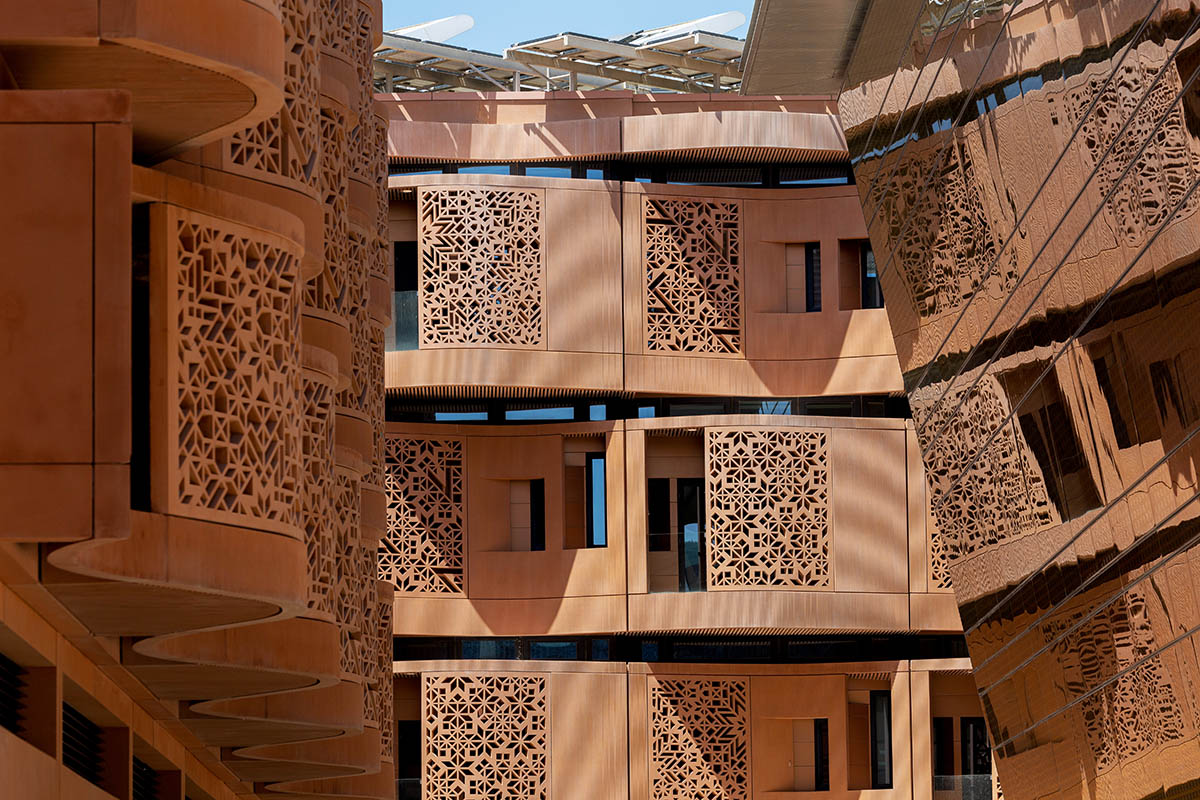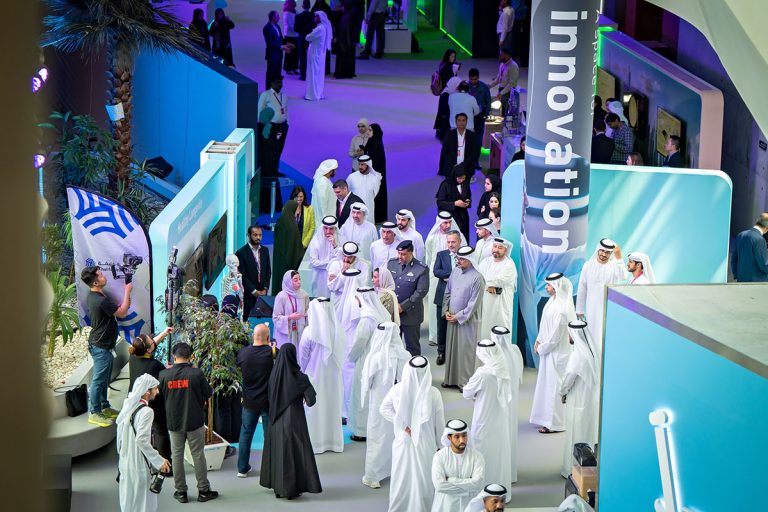Sustainability autopilot optimizes home comforts
A mathematical model that balances a household’s need for water and energy could become one of the building blocks of sustainable cities.
Future cities designed for climate resilience need energy—and water—efficient infrastructure seamlessly integrated with clean technologies. But liveability goes beyond environmental performance, demanding affordability and comfort.
To help achieve those goals, Ahmed Elshamy and Ameena Al-Sumaiti, of the department of electrical engineering and computer science at Khalifa University, have developed a mathematical model that acts as a sustainability autopilot. This model optimizes household water and energy usage by automatically integrating their management, while helping ensure affordability and comfort.
That integration is necessary because a community’s energy and water use are interwoven. Water is needed to cool electric power generators, while electricity is needed to power water treatment facilities. This is particularly important in countries such as the UAE where much of the drinking water comes from desalinated seawater. The so-called energy–water nexus will be crucial in optimizing the efficiency of future smart, sustainable cities.
“This research is on track to make waves in the world of sustainable living, with the potential to reshape the way we think about resource efficiency in our homes.”
Ameena Al-Sumaiti
“By smartly coordinating energy use, water recycling, and cooling in buildings, it’s possible to cut costs and reduce reliance on utilities,” says Elshamy. “Better management—not just better technology—can make buildings much more efficient and sustainable.” The two electrical engineers have tested their model using data from a neighborhood in Masdar City, a purpose-built eco-city just outside of Abu Dhabi, UAE, that aims to be a global model for sustainable urban living.
Elshamy and Al-Sumaiti’s model paves the way for more resilient buildings by integrating the control of several energy, water, and cooling subsystems. “The system adjusts to real-time utility pricing, so it knows when to use more and when to use less water and energy to save money,” explains Al-Sumaiti, an alumnus of UAE’s National Experts Program, which focuses on sustainable development and economic diversification. “It also stores excess energy and even sends it back to the grid. The result: lower bills, reduced water consumption, and a home that’s both comfortable and sustainable,” she says.

The mathematical model considers a building-wide microgrid, seamlessly connecting key subsystems. The first of these subsystems focuses on the collection and treatment of wastewater from bathing, laundry, and dishwashing known as gray water. A second subsystem manages temperature control using air-conditioning, ventilation, and heating units. The third subsystem enables energy generation using solar cells, with surplus energy stored in batteries for later use. All are managed by a predictive central controller that uses current energy and water pricing to optimise operation of the building in accordance with the homeowners’ changing needs for water, temperature control and so on.
Critically, the central controller also considers how the whole system will behave over the next few hours, further optimizing outcomes.
The team ran simulations to test their model based on data from three weekdays and one weekend day from a site in Masdar City. They found an 8.3% reduction in overall operational cost, while the consumption of potable water fell by 21.5% compared with a system that didn’t use the sustainability autopilot.
Collaboration between technology developers, utility companies and construction firms will be central to making these ideas a reality. “The next step is to collaborate with utility providers to make the solution practical and scalable, while also engaging with communities to raise awareness of the benefits,” says Elshamy. “Hopefully, we can start pilot implementations in selected buildings or neighborhoods to demonstrate real-world impact.”
Once proven, the sustainability autopilot could be scaled up and become a standard feature in energy-efficient, future-ready homes, especially in areas with high energy and water demand. “We are on track to make waves in the world of sustainable living, with the potential to reshape the way we think about resource efficiency in our homes,” says Al-Sumaiti.
Reference
El Shamy, A.R. & Al-Sumaiti, A.S. Optimal cost predictive BMS considering greywater recycling, responsive HVAC, and energy storage. Applied Energy 377, 124589, 2025. | Article




